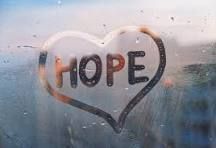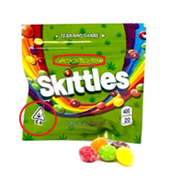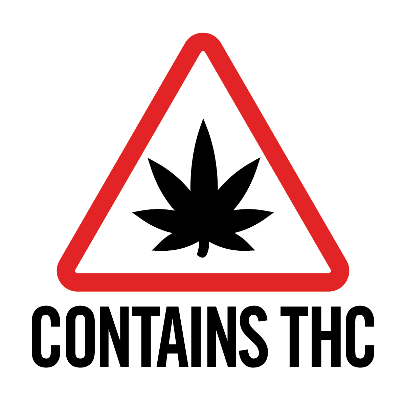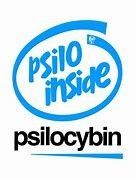
This week I wrapped my gift for our office white elephant gift exchange. I’m the one that always gives the weird stuff at these gift exchanges. Many years ago, for a family white elephant gift exchange with the theme “snowman”, much to the horror of my aunt Ruth, I showed up with a 3-foot plastic snowman, the kind you used to see on porches and in yards. The rest of the family brought cute little ornaments, candles, and nick knacks. Not me! My cousin ended up with the gift, he was thrilled, his parents were not… My family no longer does those white elephant gift exchanges but that has nothing to do with me, I’m pretty sure.
Anyway, my office gift last year was 300 balloons. Boy did I get teased for that until a coworker gleefully stole it from the “unlucky” recipient (I think it was Joe French) to give to her daughter for archery practice. One man’s trash is another man’s treasure! This year, my office gift is wrapping paper! Yep, I’m going to wrap wrapping paper! Not just any wrapping paper either, I sent away for some pretty cool and trendy gnome wrapping paper. Who wouldn’t want Christmas gnomes hugging their gift?
It's all about presentation, right? Wrapping gifts is so much more fun when they look mysterious or super cool. But then again, isn’t that the case in general? Isn’t that what marketing is all about? How do we get the customer to buy our product over all of the others? Recently I did some research and discovered a horrible thing related to packaging, presentation, and drugs. Most of us know about marijuana and the ongoing debacle about packaging and shaping them to look like candy. Remember Joe Camel and the Marlboro Man on cigarette packs? These characters were “cool” which then suggested that smoking was cool. Now the latest thing is ‘shroom chocolate bars.
It's disturbing enough to be to imagine bits of mushrooms in my chocolate bar but if you look them up, you’ll be shocked to see the wrapping. They look very much like a chocolate bar with names like “Wonka Bar”, “Wonderbar”, “One Up”, or “Polka Dots” to name a few. The wrapping has nice images of the Mario Bros. mushroom, Charlie and the Chocolate Factory characters, and even the wild rabbit from Alice in Wonderland.

This is extremely bothersome to me. I’m not a drug user and wouldn’t have any knowledge of this stuff had I not researched it. I purchased a Wonka Bar last year without even thinking about the psychoactive properties. I was in Ireland. I don’t think it contained anything, I’m sure I would have known.
So, to ‘wrap’ this all up, I would caution parents, kids, and really anyone that buys candy to look carefully at the wrappers before you buy. Parents, look at what your kids are eating just to be sure. Do some research on the latest products disguising themselves as innocent candy. Skittles and Medicated Skittles are two different products, look for a label that says “Contains THC” or something similar to that. Each State tends to have their own label. Keep your eyes out for psilocybin labels too, these are newer and can be purchased on Amazon. I did a quick search and didn’t see warning labels on those.
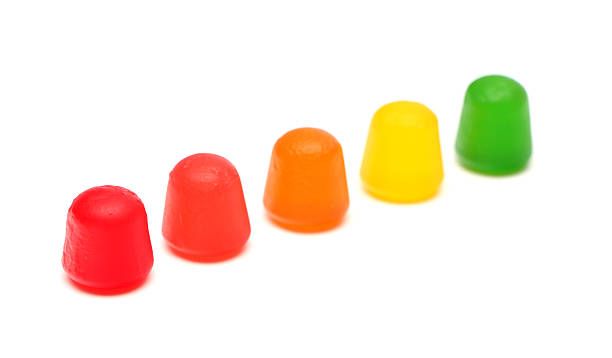
I’m not trying to be a bah humbug for Christmas, rather, I’m hoping everyone in your family stays safe and has a wonderful time wrapping and unwrapping gifts this holiday season!
If your child is struggling with substance use, please call C&A at 330-433-6075
Karita Nussbaum, PhD, LISW, LICDC has more than 30 years of experience working in the field of behavioral health, over 10 are with substance use. She is currently the Program Manager for the
Gemini Program which serves both mental health and substance use disorders at
Child & Adolescent Behavioral Health.
RECENT POSTS







